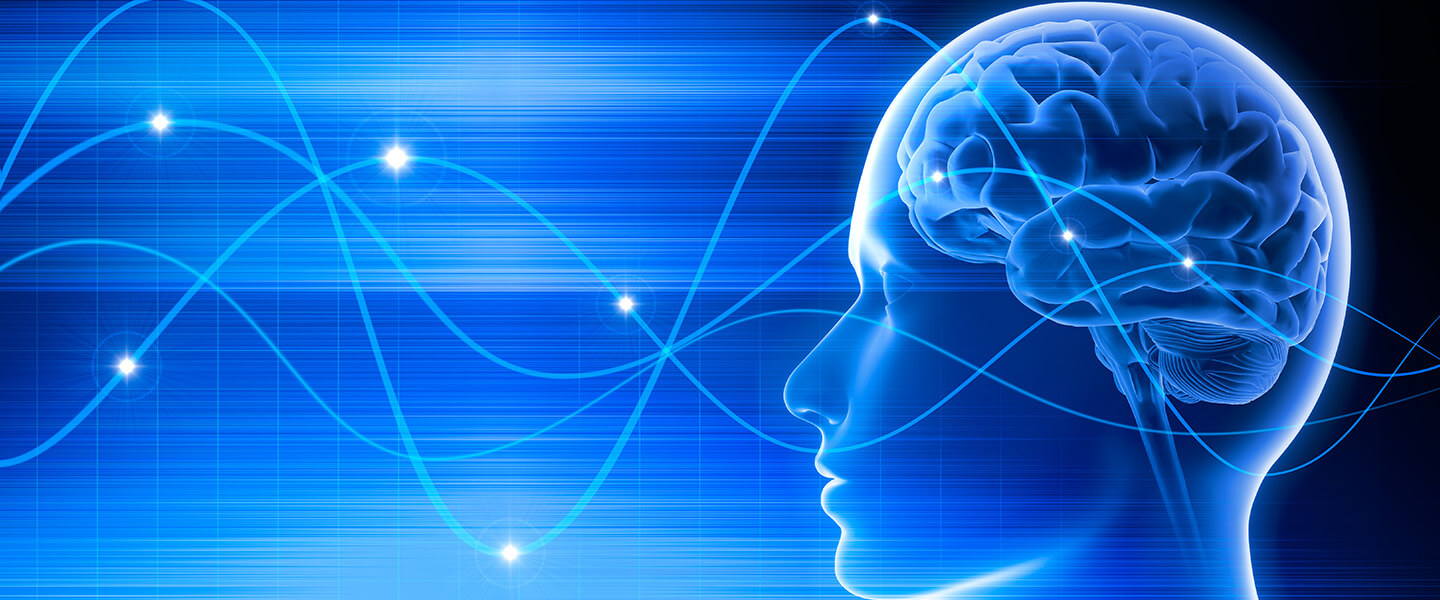Discovering How tDCS Brain Stimulation Therapeutically Modifies Brain Circuits in Depression
Discovering How tDCS Brain Stimulation Therapeutically Modifies Brain Circuits in Depression

Researchers who conducted a small randomized trial of a form of non-invasive brain stimulation called tDCS (transcranial direct current stimulation) have found mechanistic evidence supporting its ability to help patients with moderate to severe major depressive disorder (MDD).
tDCS has been used experimentally for some years in depressed patients, and in a number of trials has been found to be cost-effective and relatively free of unwanted side effects. Its beneficial impact on depression symptoms also has been reported in a number of small trials and replicated in larger ones, yet clinical use of tDCS has remained limited, in part because there is no clear model or mechanistic understanding of how it alters brain function in depression.
Evangelia G. Chrysikou, Ph.D., of Drexel University, has devoted her 2015 BBRF Yong Investigator award to answer these and related questions about how tDCS therapeutically modifies brain function in depression. Dr. Chrysikou and colleagues recently published results of their investigation in the journal Biological Psychiatry: Cognitive Neuroscience and Neuroimaging.
They sought to measure the functional effects of tDCS on the brain, especially circuitry thought to be central in regulating emotions. Their pilot study was conducted at the University of Kansas Medical Center. The team recruited 20 MDD patients and an equal number of controls with no psychiatric diagnoses; 70% of both groups were female, and their average age was about 24. The MDD participants were mostly unmedicated; 30% were taking low doses of the SSRI antidepressant sertraline (Zoloft).
tDCS involves delivering a small current for several minutes through two electrodes placed on the surface of the scalp. Half the MDD participants in the trial received active tDCS, applied in a single session; half were given a placebo version of the stimulation designed to be indistinguishable from the active treatment. The same design applied to the controls: half received one tDCS session and half a placebo version.
The tDCS electrodes were positioned over areas of the brain shown in past research to be connected with circuitry involved in emotion regulation. The anode (positive) terminal was placed over the left prefrontal cortex, and the cathode (negative) terminal was placed over the right prefrontal cortex. Participants were monitored in real time with advanced functional MRI scans, enabling the team to closely observe changes in activity involving brain areas active during emotion regulation.
Twice before the tDCS or placebo treatments were delivered, and twice during those sessions, both MDD and control participants were asked to perform a task that is used to measure emotion regulation. They were exposed to photographs with positive, negative, and neutral content. Half of the positive and negative images were preceded by instructions to participants to fully indulge their emotional reactions; but in the other half, they were asked to try to decrease their emotional response to the image—a process researchers call "cognitive reappraisal” that is considered indicative of emotional control.
Prior to tDCS stimulation, fMRI scans were taken while the participants were performing the image-based emotional response task. This enabled the researchers to confirm impairments in the emotion regulation network among trial participants with MDD. Visual and emotional centers were more strongly connected in depressed patients than in controls. The experiment also revealed that the stronger the coupling between activity in the amygdala and a part of the brain's occipital lobe called the cuneus, the less able were MDD participants to reappraise negative stimuli.
The team speculates that this impairment "may reflect an inefficient mechanism" which normally enables individuals to shift their attention away from negative information—in this case, impairing their ability to limit their emotional response after seeing negative images.
Next, the team focused on detecting how the emotion regulation system might be altered by electrical stimulation with active tDCS. In both depressed participants and controls, the team observed that active tDCS increased activity in the brain's medial prefrontal cortex (mPFC). Importantly, the extent to which the mPFC was responsive to tDCS predicted whether the patients’ performance on the reappraisal task improved with tDCS. This pattern was observed only for the depressed patients and not the controls.
The team then sought to determine if tDCS influenced the connections between the mPFC and the amygdala. Both the mPFC and the amygdala have been implicated in emotional processing and emotion regulation. An overactivation or overconnection in these systems might be a hallmark of depression, Dr. Chrysikou explains. Indeed, the team was able to show that with active tDCS treatment, connections between mPFC and the amygdala became weaker.
What does this finding mean? Dr. Chrysikou offers this hypothesis: "It could mean that weakening maladaptive mPFC-amygdala connections via tDCS can allow the mPFC to participate more efficiently in emotion regulation. It is possible that a healthier mPFC may be more efficient in helping to disengage other maladaptive connections, like the abnormally strong links between the amygdala and the cuneus that we observed when participants in the trial were performing the image-based emotional regulation task prior to tDCS."
The team said their results represent "an important step toward understanding mechanisms of action of tDCS as a treatment for major depression." Although cautious due to the small size of their study sample, they said their results support the potential of tDCS as a safe, low-cost, and effective treatment for depression, and encouraged further study.


